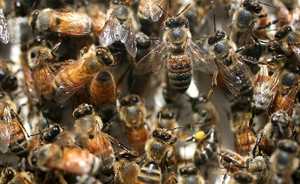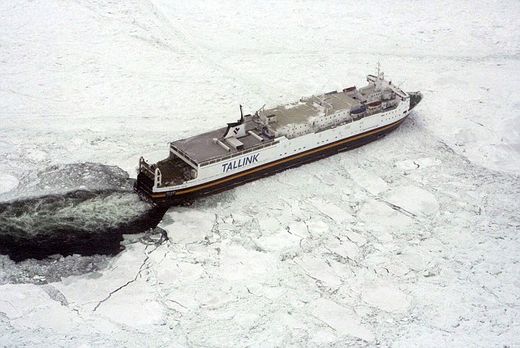Are we overlooking potential abrupt climate shifts?Most of the studies and debates on potential climate change, along with its ecological and economic impacts, have focused on the ongoing buildup of industrial greenhouse gases in the atmosphere and a gradual increase in global temperatures. This line of thinking, however, fails to consider another potentially disruptive climate scenario. It ignores recent and rapidly advancing evidence that Earth's climate repeatedly has shifted abruptly and dramatically in the past, and is capable of doing so in the future.
Fossil evidence clearly demonstrates that
Earth's climate can shift gears within a decade, establishing new and different patterns that can persist for decades to centuries. In addition, these climate shifts do not necessarily have universal, global effects. They can generate a counterintuitive scenario: Even as the earth as a whole continues to warm gradually, large regions may experience a precipitous and disruptive shift into colder climates.
This new paradigm of abrupt climate change has been well established over the last decade by research of ocean, earth and atmosphere scientists at many institutions worldwide. But the concept remains little known and scarcely appreciated in the wider community of scientists, economists, policy makers, and world political and business leaders. Thus,
world leaders may be planning for climate scenarios of global warming that are opposite to what might actually occur.1



Comment: Here is a PDF of all the emails relating to the global warming scientists proposed fight back. This is again a most revealing email trail. It makes for very interesting reading and tells us a lot about the character and psychology of these people.